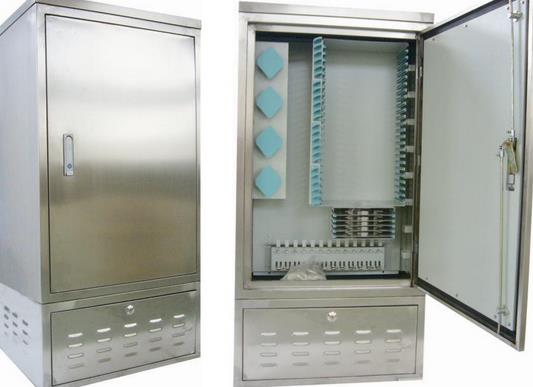-

- Sopto Home
-

- Special Topic
-

- Fiber Optics knowledge
-

- Optical Fiber Cable General Cabling Guidelines
Fiber Optics knowledge
- Maintained Methods of Fusion Splicer Parts
- How to Use the Fiber Optic Cleaver?
- What are Fixed Attenuators & Variable Attenuators?
- Deployable Fiber Optic Systems for Harsh Mining Environments
- Developing Miniature Fiber Optic Cable Has Become the Trend
- Fiber Optic Cleaning Procedures
- 6 Steps to Selecting a Fiber Optic Cable
- Signal Attenuation Introduction
- How Fiber Transmission Works?
SOPTO Special Topic
Certificate



Guarantee
Except products belongs to Bargain Shop section, all products are warranted by SOPTO only to purchasers for resale or for use in business or original equipment manufacturer, against defects in workmanship or materials under normal use (consumables, normal tear and wear excluded) for one year after date of purchase from SOPTO, unless otherwise stated...
Return Policies
Defective products will be accepted for exchange, at our discretion, within 14 days from receipt. Buyer might be requested to return the defective products to SOPTO for verification or authorized service location, as SOPTO designated, shipping costs prepaid. .....
Applications
Fiber Optis can be used in so many fields:
Data Storage Equipment
Interconnects,Networking
Gigabit Ethernet
FTTx, HDTV,CATV
Aerospace & Avionics
Data Transfer Tests
Network Equipment
Broadcast Automotive
Electronics,Sensing
Oil & Gas, Imaging
Outside Plant,Central Office
Harsh Environment
Data Transmission
Illumination,Institutions
Ship to Shore,Education
Simulation,Military,Space
Unmanned Aerial Vehicles
Semiconductor Equipment
Diagnostics & Troubleshooting
Premise Networks Carrier Networks
Independent Telecommunication Providers
SOPTO Products
- Fiber Optic Transceiver Module
- High Speed Cable
- Fiber Optical Cable
- Fiber Optical Patch Cords
- Splitter CWDM DWDM
- PON Solution
- FTTH Box ODF Closure
- PCI-E Network Card
- Network Cables
- Fiber Optical Adapter
- Fiber Optical Attenuator
- Fiber Media Converter
- PDH Multiplexers
- Protocol Converter
- Digital Video Multiplexer
- Fiber Optical Tools
- Compatible
Performance Feature
Fiber Optics knowledge
Recommended


Optical Fiber Cable General Cabling Guidelines
In whatever space your optical-fiber cable is being installed, there are some basic guidelines that must be followed. Support the cable and avoid crushing, stressing and over bending it. Every cable will have values for minimum bend radius and maximum tensile loading; do not exceed these values. Cables should never be allowed to hang freely for long distances or to press against edges in an installation.
When pulling cable in conduit, all transition points, such as those going from conduit to pull box or exiting the conduit, should be kept smooth. Sometimes the addition of a piece of conduit beyond the transition will keep the cable from resting on a sharp edge. Bushings designed to fit the ends of conduit are also available.
Flexible conduit can be placed within boxes or at interfaces to prevent pressure against the cable or scraping on rough edges. Flexible conduit can also be added in areas open to frequent access, such as raised computer-room floors, where there is a higher potential risk to the cable.

Complying with the cable`s minimum bend radius cannot be overstressed. Some applications may present conditions where the configuration of the equipment will damage the cable by over bending it if precautions are not taken. Conduit bends pull boxes and joints must be checked to verify that the bend radius is not too small.
Inner duct or flexible conduit can be used to ease or sweep the cable around tight corners. The inside radius of conduit bends for fiber-optic cable should be at least 10 times the diameter of the cable. Pulls through tightly bent elbow fixtures should be back fed; in other words, the cable is not pulled from end to end, but to and out of an opened junction box, then coiled loosely on the ground and fed through the rest of the run.
In tray and rack installations, the minimum bend radius must also be monitored, because the cable will be routed around corners or through transitions. Where raceway or rack transitions expose the cable, flexible conduit should be used for protection.
For more high quality and low cost fiber optics, please contact SOPTO.
Related Knowledge:
FTTX Drop Cable Construction Methods





